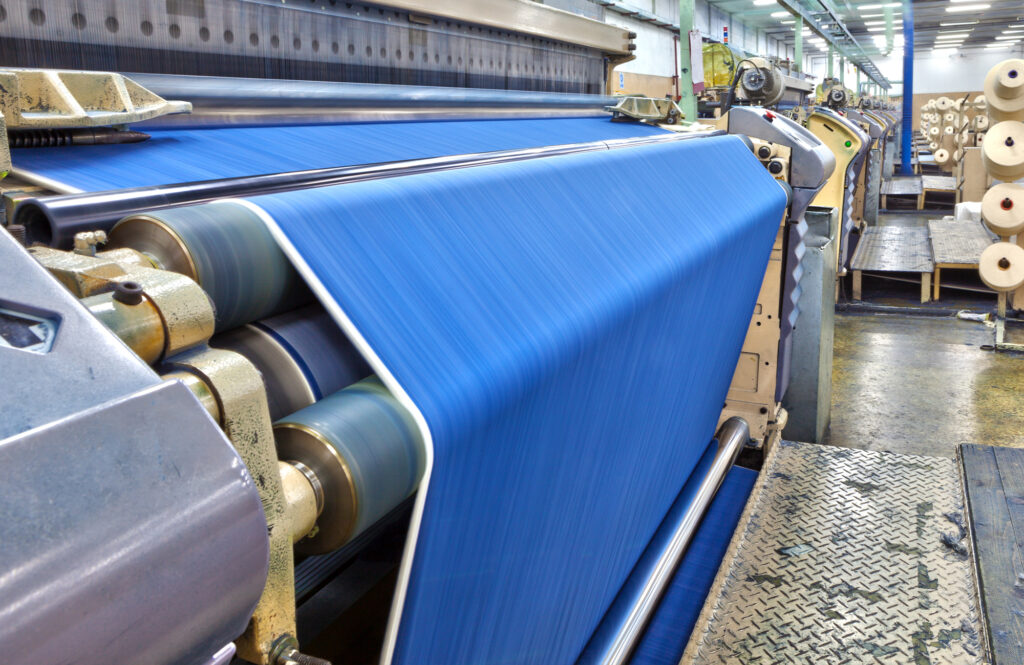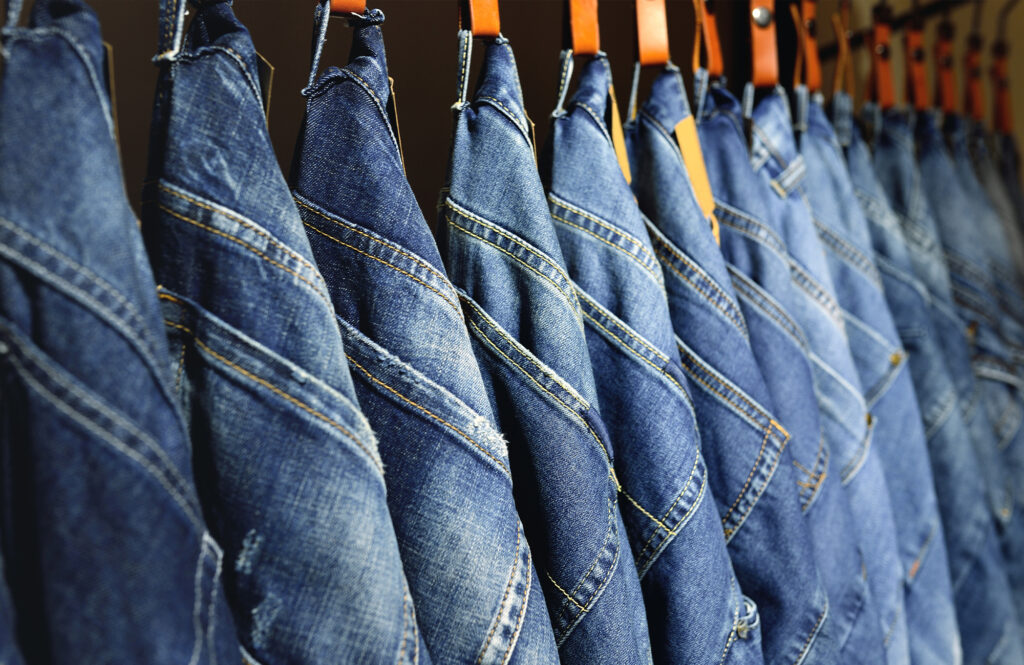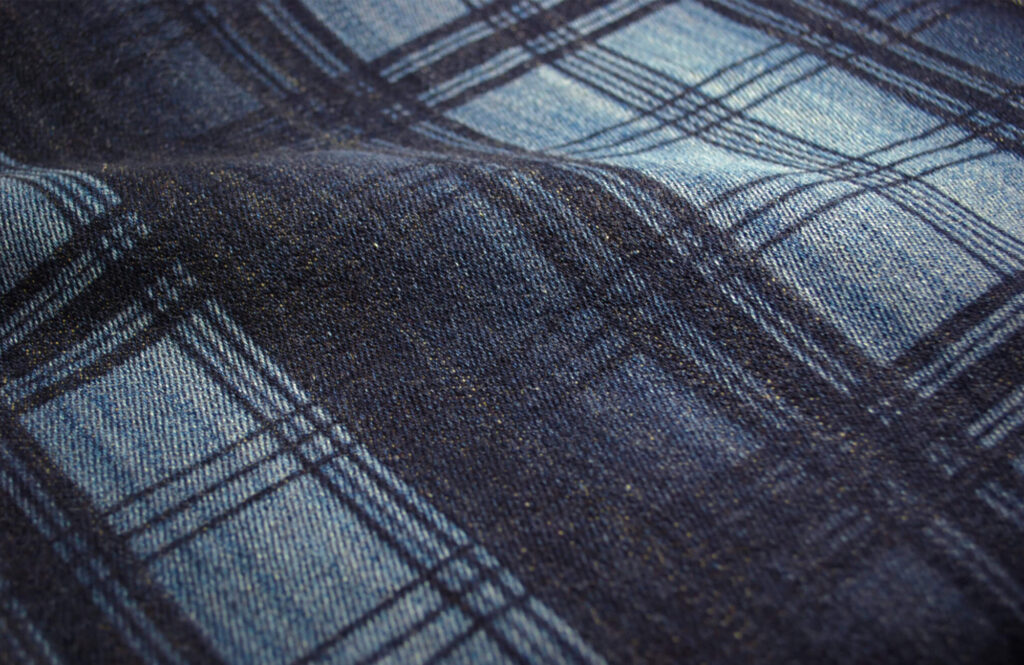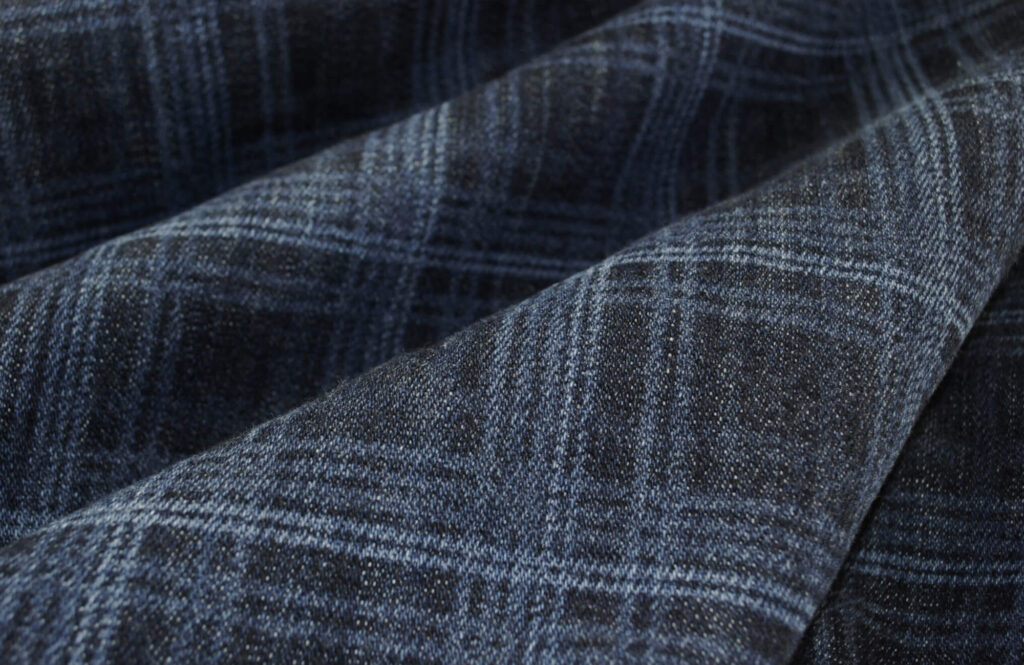
Who’s Predicting the Future of Fashion?
Fashion trends are generally cyclical, peaking slowly over time and making their way into the mainstream when many everyday consumers are wearing that trend.
Once a trend reaches the end of its lifecycle, manufacturers, retailers, and consumers must know how to evolve. Often, fashion trend forecasting teams are working behind the scenes at these companies to predict the trends of tomorrow and get those concepts into the hands and minds of the industry’s top designers and brands.
Cotton Incorporated is no exception. Its trend forecasting team works out of the company’s New York City Consumer Marketing headquarters, diligently staying on top of where the fashion cycles are headed and how they relate to cotton.
The team currently includes five trend forecasters who annually create four distinct forecasts for the general apparel market, including one forecast for spring/summer, one for fall/winter, one dedicated exclusively to denim trends, and another predicting what’s hot in activewear. They begin working on their forecasts anywhere from two to three years in advance of the selling season, all the while creating special presentations viewed worldwide by industry professionals who work with brands and retailers that import cotton, including textile mills, apparel manufacturers, and sourcing companies. These professionals then use the trend information as a guide for future designs in garments and apparel. The main goal of Cotton Incorporated’s trend forecasting team is to show the most innovative ways cotton is being used in textile creation and garment construction as it relates to the latest fashion trends—keeping the versatile fabric top of mind with designers and brands.
Take a look at what our trend forecast team is predicting for denim in fall 2023/spring 2024.
Researching the Trends
Cotton Incorporated’s trend forecasters build their forecasts on big-picture macro trends that influence consumer lifestyles. They break those macro trends down into four categories: color, fabric, silhouette (the shape of a garment when it is worn on the body), and styling (how to put apparel items together), based on what market they are developing. To continuously stay current, each trend forecaster scrubs websites and magazines, attends exhibitions that focus on the latest in art and design, travels to trade shows, and observes everyday people in the street as well as models on the runway. At trade shows and exhibitions, trend and fabric specialists enjoy the opportunity to come together for the purpose of creating innovative clothing items that will inspire future generations. Some choice publications, locations, and events include Vogue Business, New York Magazine, The Business of Fashion, Frieze, The Armory Show in New York City, Première Vision in Paris, the Kingpins Show in Amsterdam, the Outdoor Retailers Trade Show, and many more.
The trend forecasters also travel globally, to destinations such as Australia, South America, Europe, and Asia, to observe trends, gain cultural insights and look for cotton-rich garments. They do this by shopping retailers, getting to know the locals, and finding ways to study the up-and-coming designers in the market.
“Our research and collaboration methods are unique because our team works exclusively on trend forecasting,” explained Aubrey Howard, a trend forecaster for Cotton Incorporated. “We ensure that our trend reports reflect what’s happening both here in the U.S. and internationally, in the streets and on the runway so that its relevant to everyone. In addition, we not only provide general seasonal trend forecasts, but we also have forecasters who specialize in niche areas such as denim and activewear, allowing us to highlight what’s new in those specialty areas where cotton is most prevalent.”
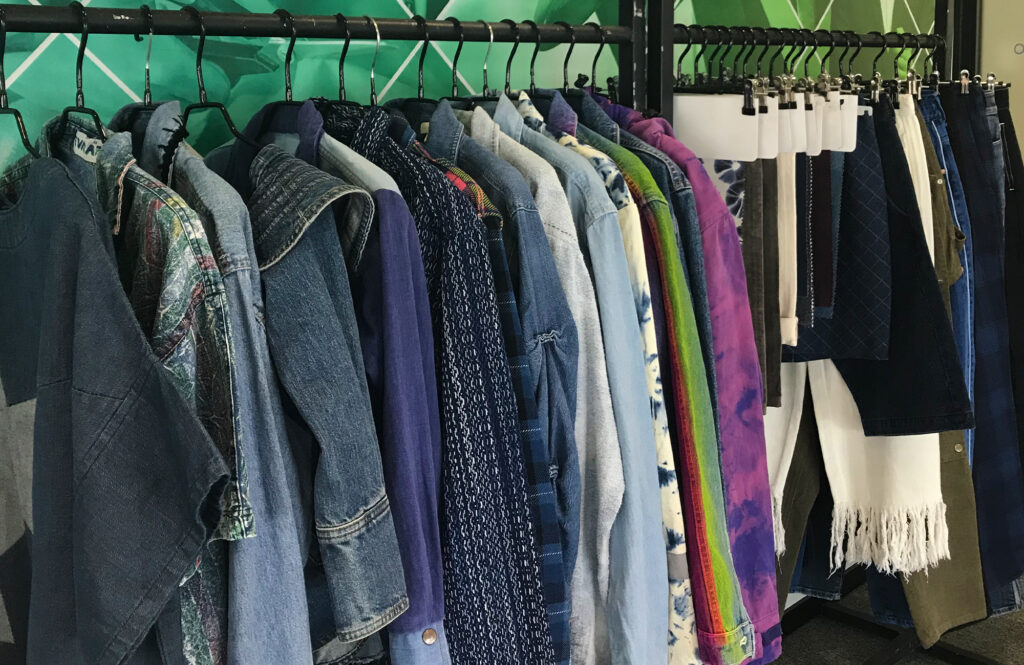
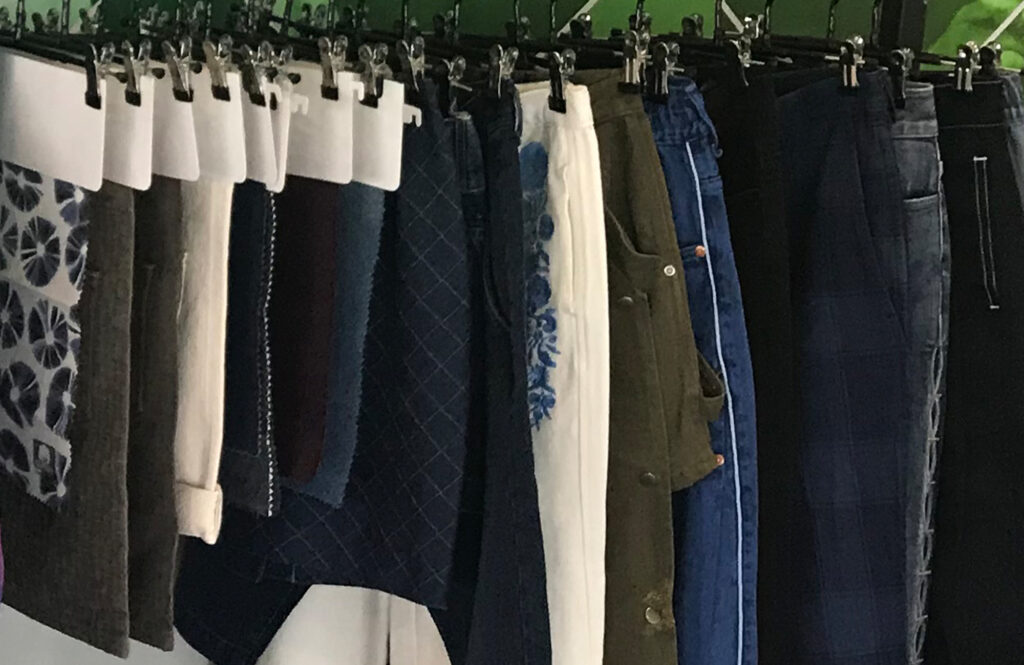
Face Time with Clients & Product Development Collaboration
When it comes to working with designers, suppliers, and other clients, the trend team will meet one-on-one to present their findings and recommendations. They serve as an educational and aspirational resource, providing the information their clients need to understand what’s trending in fashion.
“We always strive to ensure a global view, and we never pigeonhole ourselves,” added Howard. “Using a wide scope of examples is important to us, for instance, we present a variety of colors to our clients, from accents to core colors, to secondary colors as well.”
Howard’s favorite part of each meeting is seeing how clients react to the presentation and how they interact with the silhouettes and garments the team brings along to influence their thinking about material selection.
“When we present to clients face-to-face, it’s like you can see the lightbulbs going off in their heads,” said Howard. “I really enjoy the excitement we see for both cotton and fashion—and where they intersect.” Additionally, the trend forecasting team collaborates with Cotton Incorporated’s product development team, located at the company’s headquarters in Cary, N.C. Together, they create inspirational cotton-rich knit and woven fabric developments throughout the year to showcase interesting ways cotton can be used.
Denim Always Trending Upward
As Cotton Incorporated’s denim forecast specialist, Howard is excited to see all the ways denim is being translated into many different markets. Denim is a sturdy cotton twill fabric that will mold or give to the body with every wear. Its 100 percent cotton content makes it durable, sustainable, and comfortable to wear in every season. These attributes contribute to denim’s popularity, along with its fashion versatility. From casualwear to workwear to high-end looks, denim’s reach throughout the world of fashion seems almost limitless. Howard enjoys highlighting denim’s new uses in her annual denim forecast for Cotton Incorporated. She is always observing the world around her for the evolution of denim.
“I was recently watching coverage of the 2022 Venice Film Festival and saw actress Jodie Turner-Smith walk the red carpet in a stunning mermaid-style, all-denim Balmain gown with cut-outs,” she explained. “It made such a statement and just goes to show that the sky really is the limit with denim.”
The upcycling of denim by Generation Z is a new trend being observed by Howard and her forecasting team. The generation’s cool sense of style is more creative and unapologetic, as various social media platforms have fueled their interest in vintage and second-hand clothing. For example, as shown in the 2022 Cotton Incorporated Denim Forecast, denim can be stitched together with multiple pieces of corduroy for a pair of women’s pants and corduroy pocket detail can be added to a pair of women’s denim jeans. Additionally, patchwork denim can be added as an unconventional styling element to a basic cotton sweatshirt.

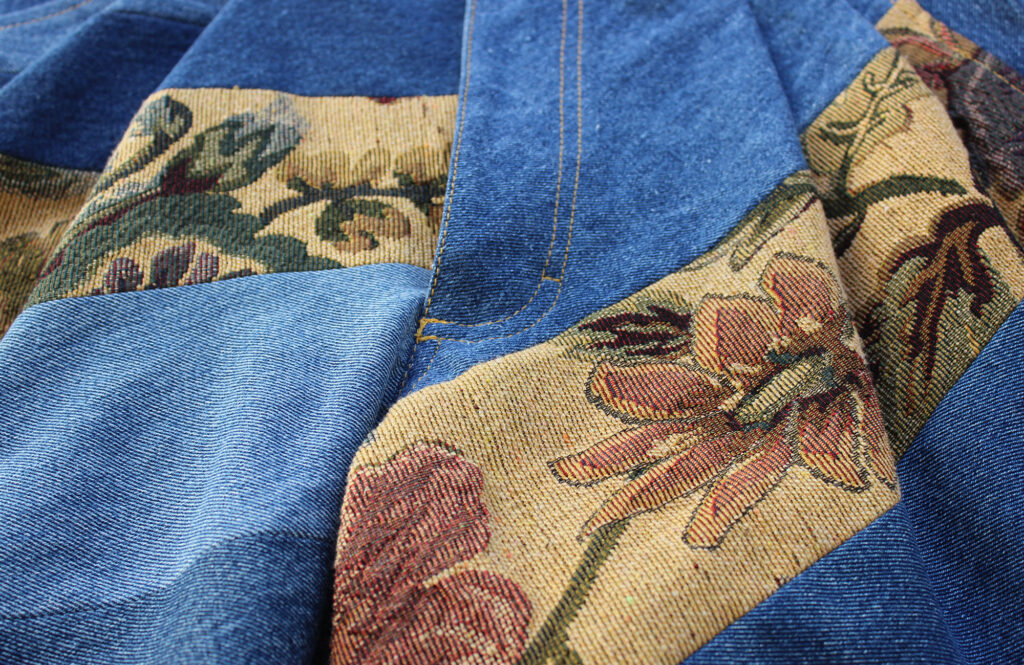
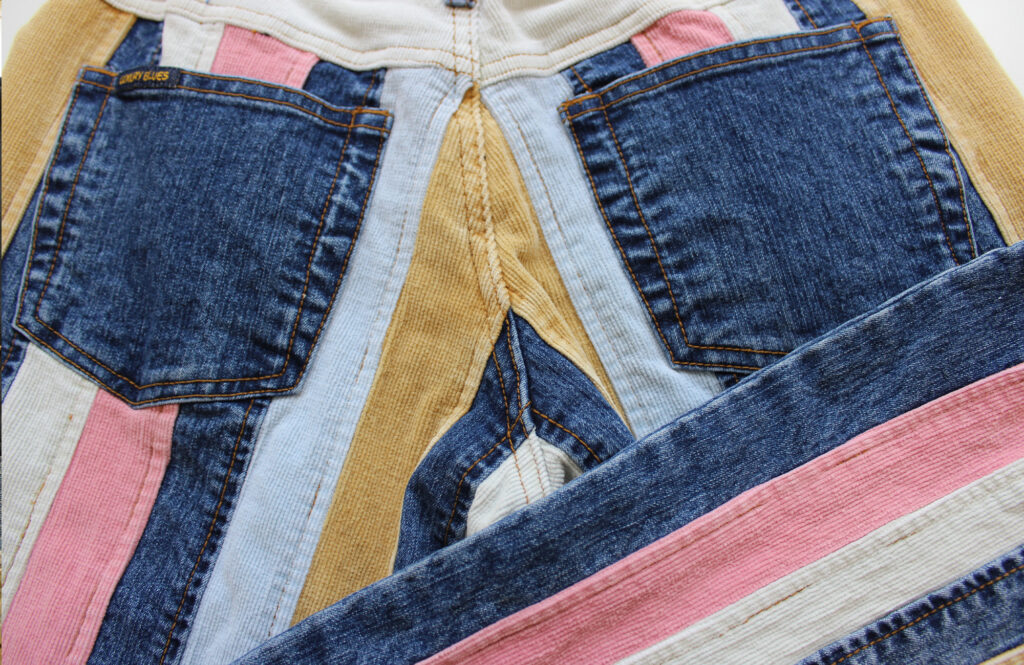
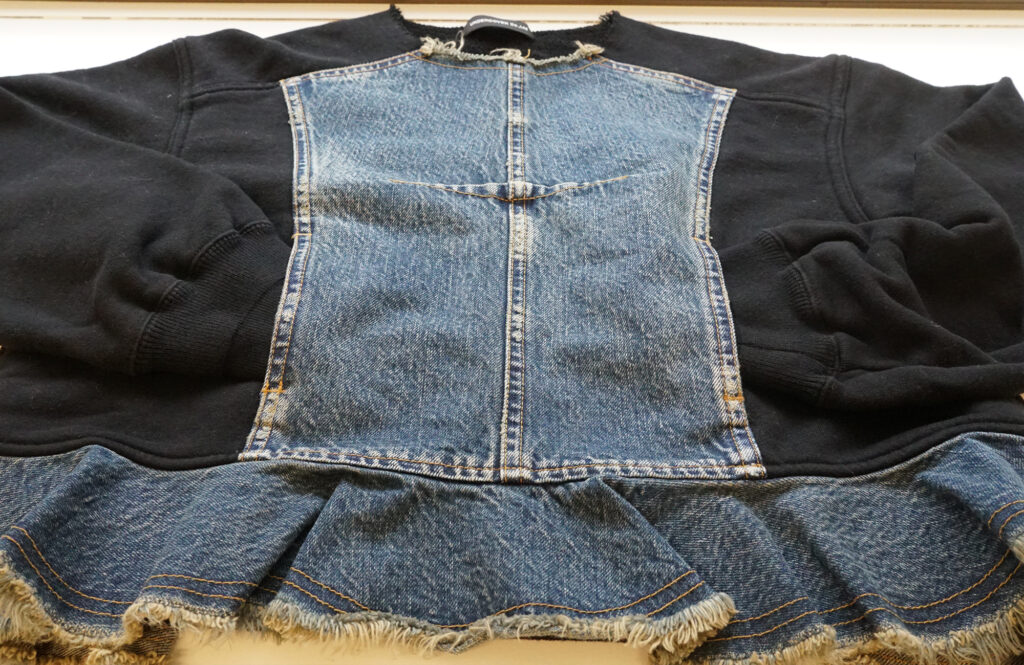
The trend forecasting team also collaborates with Cotton Incorporated’s product development team to create new denim developments. They especially work with the woven product development team on developments for denim FABRICAST™ pieces. The FABRICAST™ library is a series of cotton and cotton-rich fabric collections created through garment finishing, printing, engineered constructions, unique yarns, and Cotton Incorporated finishing technologies for an increased level of performance.¹ In 2021, Howard even worked with the woven product development team to create a special ombré plaid denim fabric development.
Denim and Sustainability
Also trending are some of the innovative techniques being used to create denim in a much safer and more environmentally friendly way. As companies are trying to bring better, more sustainable practices to their supply chain, laser finishing has emerged as a promising new technique being used in the creation of denim. Lasers can mimic the finishing effects of Potassium Permanganate, an oxidizing agent that is used for local bleaching and finishing on denim.
Available from both Tonella and Jeanologia, laser finishing can create vintage effects, whiskers, patterns, patches, and even intentional holes and tears in a denim garment. Laser technology uses less water, chemicals, and energy to create a wide variety of denim looks. Laser boosters can also be applied to the fabric to intensify the effect of the laser and mimic heavier bleaching applications.²

Laser cut with nano holes in a patchwork pattern
Trend forecasters have observed the trend to improve dyestuff applications for denim by using different shades of blue yarn dye to mimic the look of indigo and to make the garment look more vintage and worn—a simple method that’s making a big difference.
How Digital Fashion Trends Affect Denim
Because the fashion industry is always looking for ways to increase sustainability and reduce waste, especially when it comes to sampling, design software programs, such as CLO and Browzwear, are now aiding in the creation of virtual garment renderings. Clients can use this software to easily test out and experiment with the different denim fads of the moment without creating excess waste.
For Cotton Incorporated, digital technology has allowed their FABRICAST™ developments to be completely digitized and placed in the CottonWorks™ Digital Fabric Library, where users can download the fabrics for use in CLO and/or Browzwear, bringing the accessibility of cotton to the digital space as well.
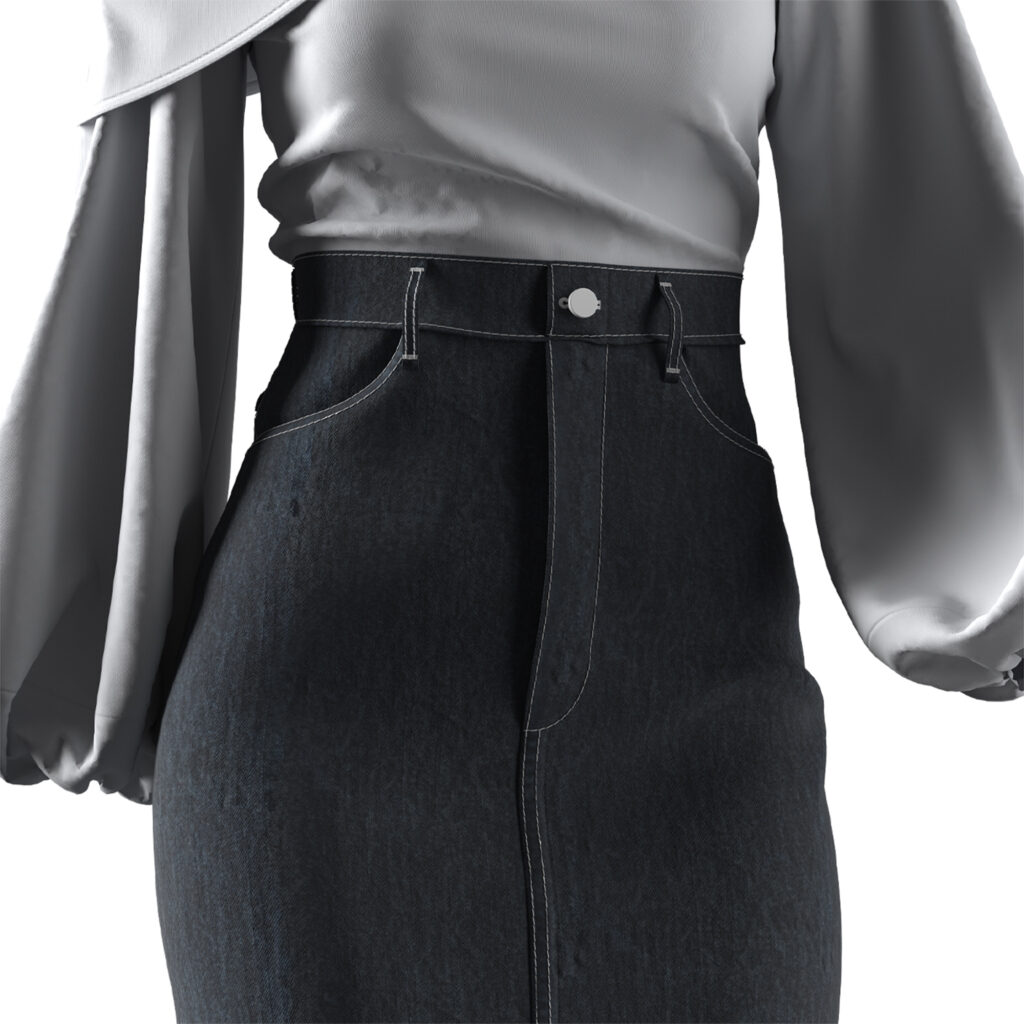
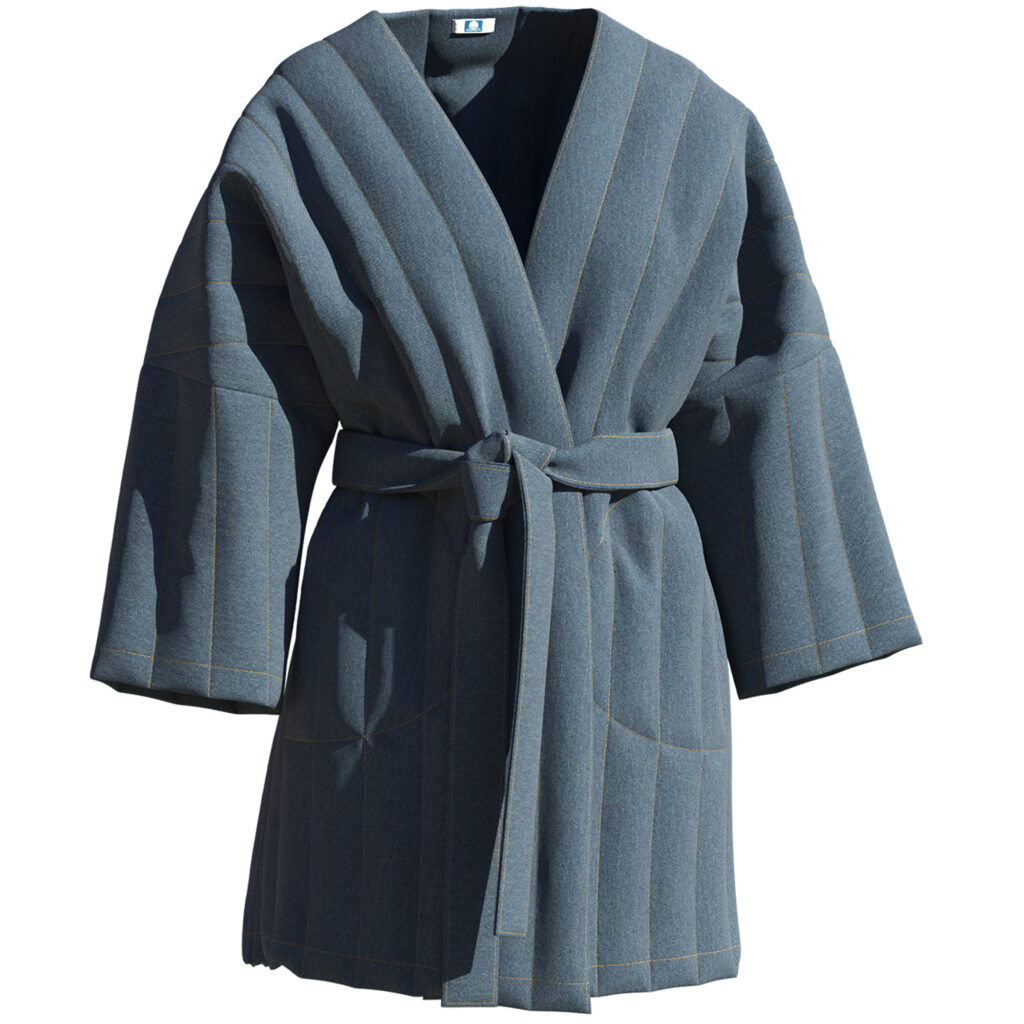
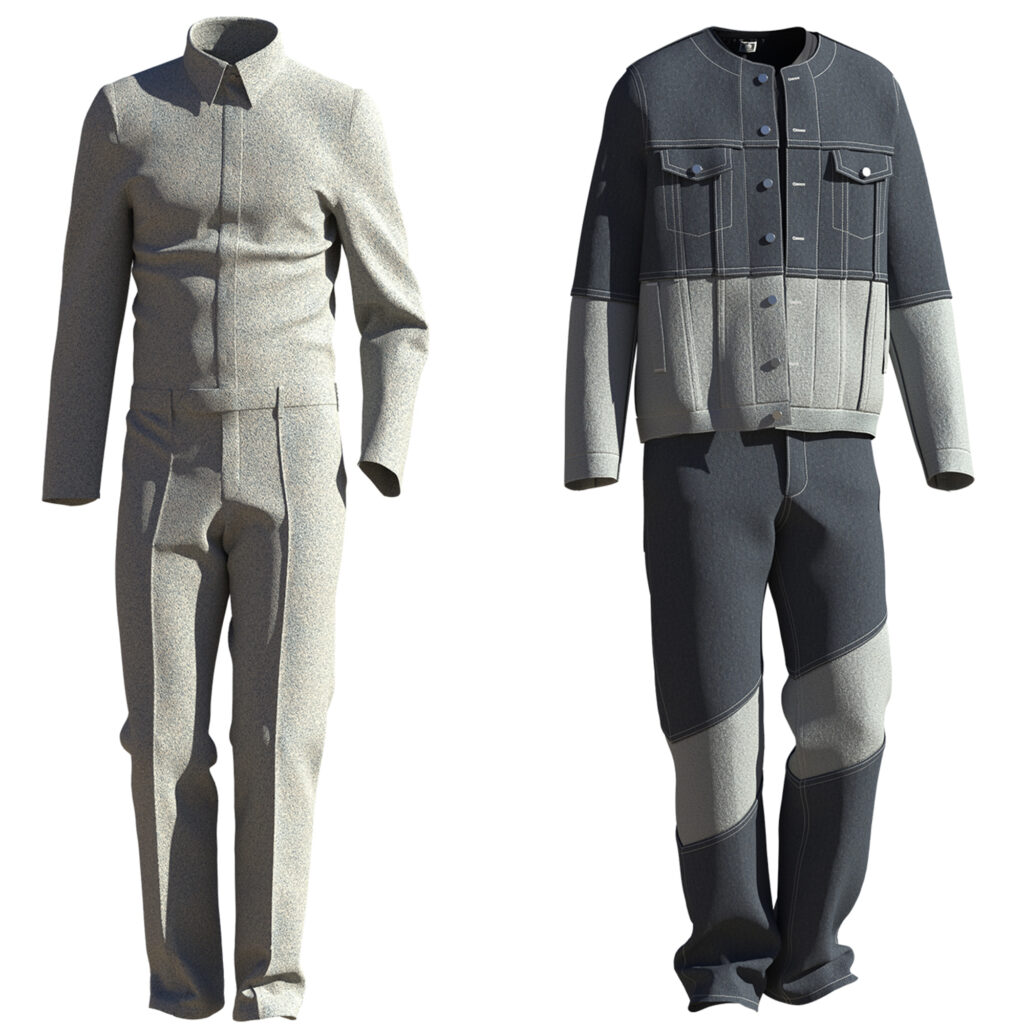
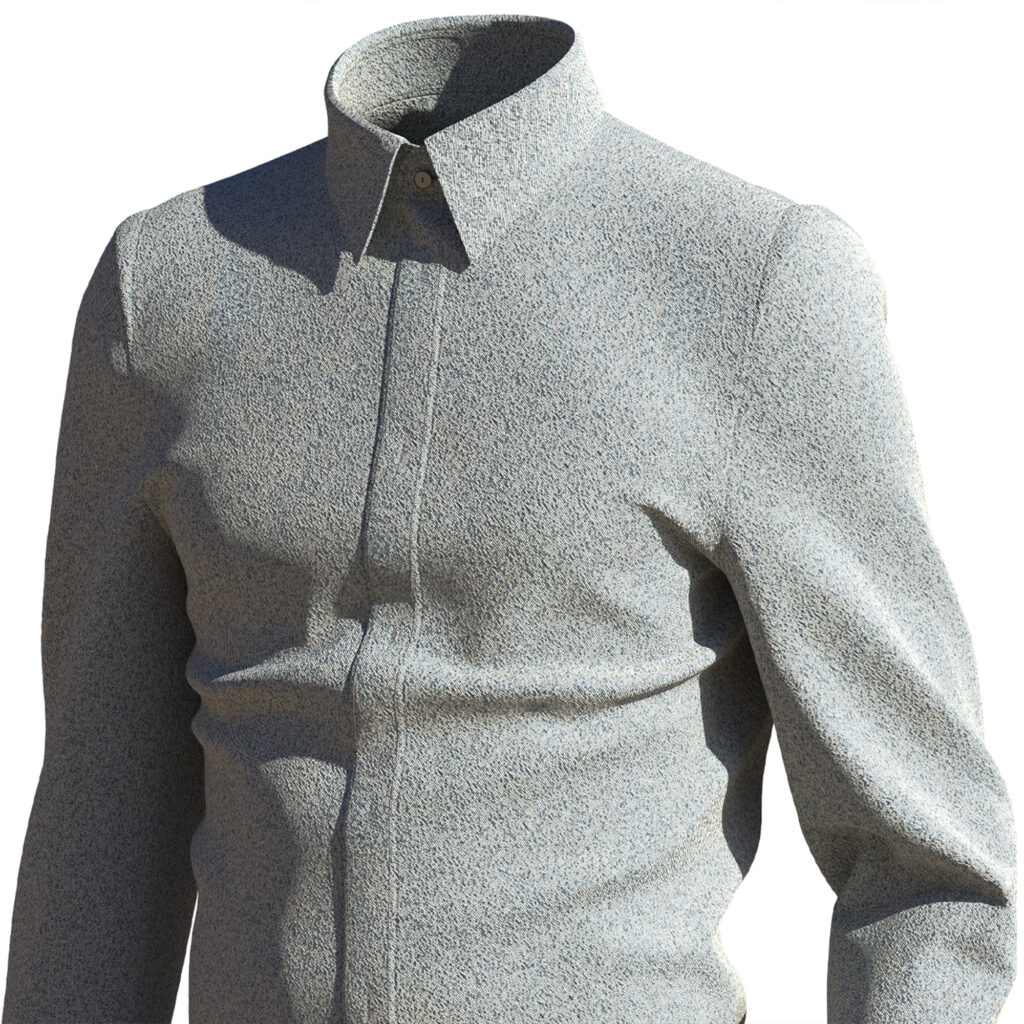
A Garment with Staying Power
Meanwhile, denim has an evergreen quality when it comes to fashion trends. It truly has the staying power to outlast other garments, and its long lifespan makes it a sustainable choice as well. According to fashion forecasters, denim trends tend to stick around longer than general apparel and activewear trends because of the evolution in denim’s silhouette offerings. No longer is denim just an apparel item for “casual Fridays.” Now it can be worn for multiple occasions.
“These days, denim can be casual, or it can be fancy,” explained Howard. “We are seeing a lot of denim dresses and creative pairings, such as a really nice, light chambray button-up shirt with a denim blazer over top of it. It’s this versatility that allows denim to be part of long-lasting trends.”
Howard and her team also call denim the “universal fabric,” one that can be found in pretty much everyone’s closet across the world, in the form of apparel, hats, shoes, bags, and more. Plus, it can be personalized in many different ways, across many different markets. As the internet and social media continue to bombard people with an influx of information daily, consumers must find ways to navigate through the “noise” by finding brands, retailers, and even influencers with whom they can identify.
“Not every trend is for everyone but there are so many styles out there to choose from—with denim, consumers have the freedom to select how they wish to express themselves,” said Howard. “This experience seals denim’s fate as a quintessential fabric.”
Keep Your Denim, It’s Here to Stay
As trend forecasters for Cotton Incorporated, Howard and her team are proud to work every day to help shape the garment industry, while promoting the use of cotton and supporting the evolution of denim. As a cotton product, denim continues to trend on an upward slope, and it’s easy to see why. From casual wear to business attire, this garment has all the bases covered. Denim can be transformed to satisfy many different audiences and generations while remaining fashionable, comfortable, durable, and even sustainable in a variety of different ways.
“I feel confident that cotton-rich denim is one fabric most industry leaders can agree is here to stay,” concludes Howard. “While it’s certain to continue changing, evolving, and surprising us all with its endless possibilities, when it comes to fashion, denim isn’t going anywhere, anytime soon.”
